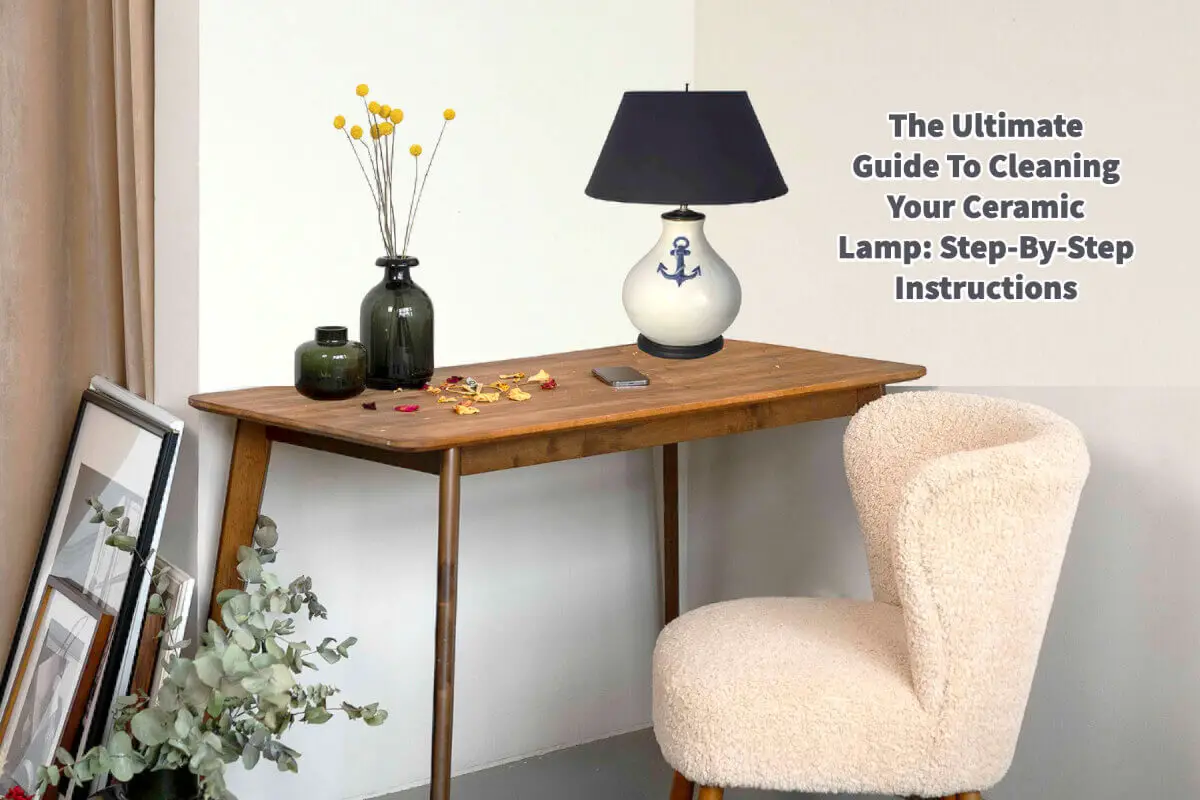When it comes to keeping your ceramic lamps looking their best, cleaning is critical! Taking the time and energy to clean your lamp correctly will keep it shining for years.
There are some basic steps that you can take to effectively clean a ceramic lamp without causing any damage. These five steps will help you know what kind of cleaner should be used or how often you should clean your lamp. Other helpful pointers will ensure that you’re preserving and caring for your ceramic lamp correctly and enjoy it for years to come.
Table of Contents
5 Steps To Cleaning Your Ceramic Lamp
Are you looking for a way to brighten up your living space? A ceramic lamp can be the perfect addition, but keeping it clean can be challenging. Although ceramic is sturdy and durable, it will quickly become murky and stained if not cleaned properly.
If this happens, don’t worry; with a few simple steps and materials, your lamp will be sparkling like new in no time! We will walk you through five easy steps to help ensure your ceramic lamp remains free of dirt and residue. Keep reading to learn how cleaning your favorite decor piece has never been easier!
Cleaning your ceramic lamps is essential to keeping them in good condition. Doing so regularly will ensure that the light produced from them is bright and free of dust.
Here are five steps to follow when cleaning your ceramic lamp:
Unplug Your Ceramic Lamp
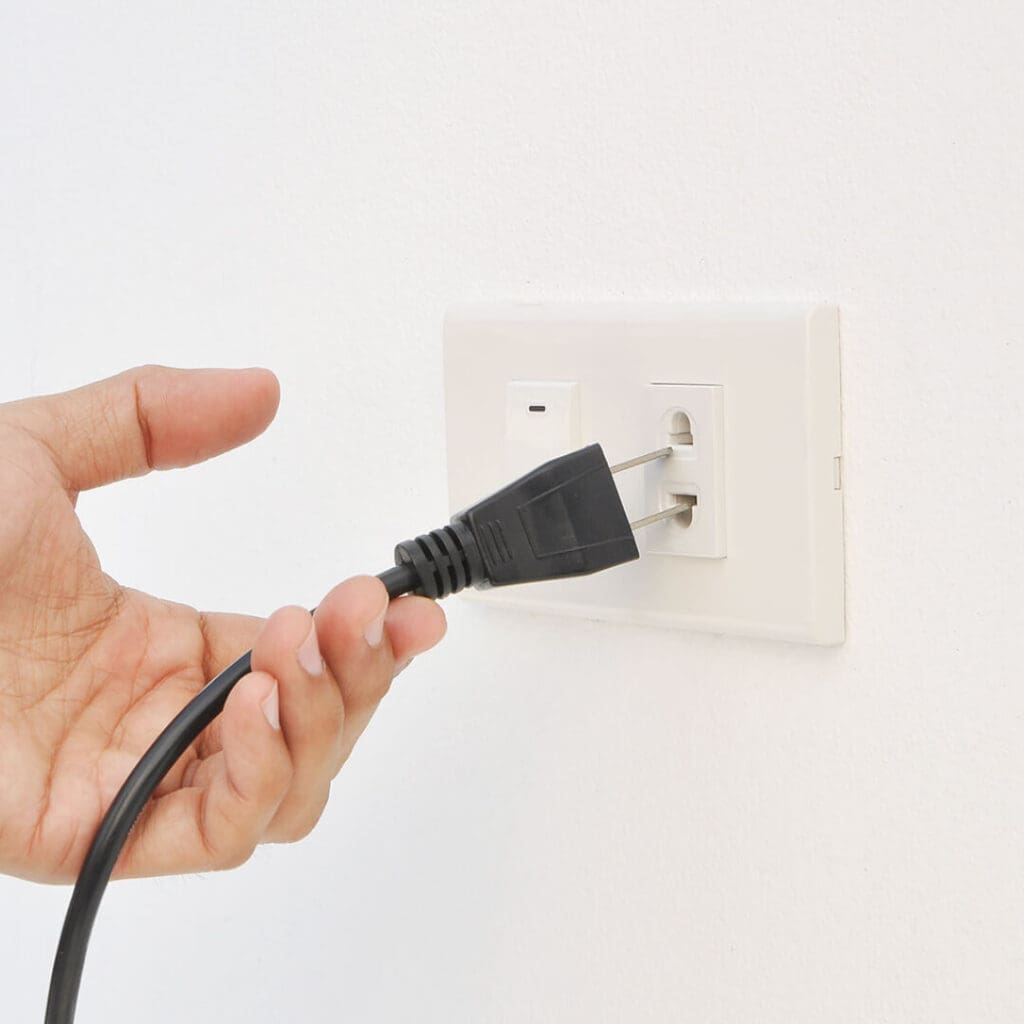
Start by unplugging the cord from the wall and wiping the area around it with a damp cloth or all-purpose cleaner to remove dirt or grime. It would be best to unplug your ceramic lamp from the plug so that you do not accidentally electrical yourself because it is still plugged in.
Use A Clean Cloth To Wipe Dust And Dirt Away
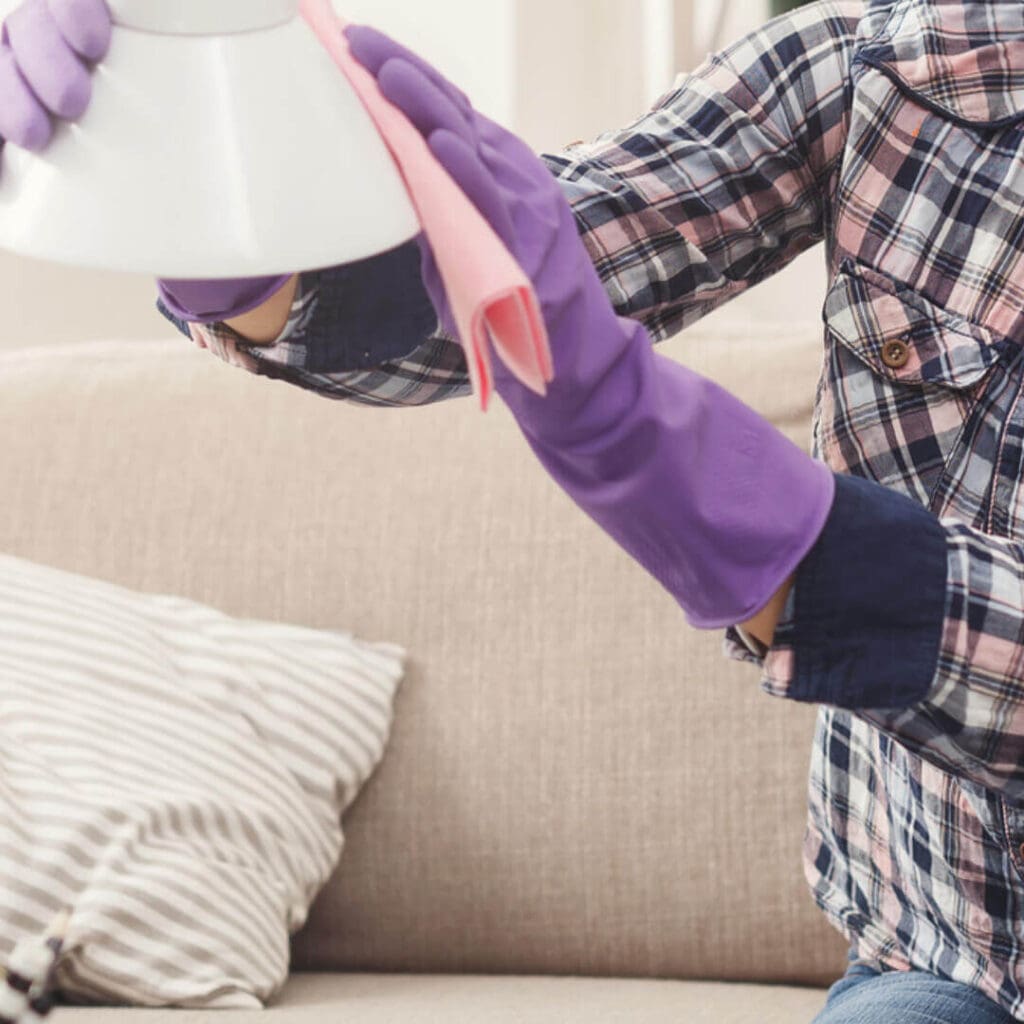
Use a soft cotton cloth or feather duster to gently wipe away dirt, dust, or other debris on the lamp’s surface. Pay special attention to nooks and crannies near the lamp’s base where excess dust may have accumulated over time.
You must wipe away all the dirt and dust first, as it will ensure the lamp is as clean as possible without yet using water.
Use A Soft Brush To Clean Some Areas
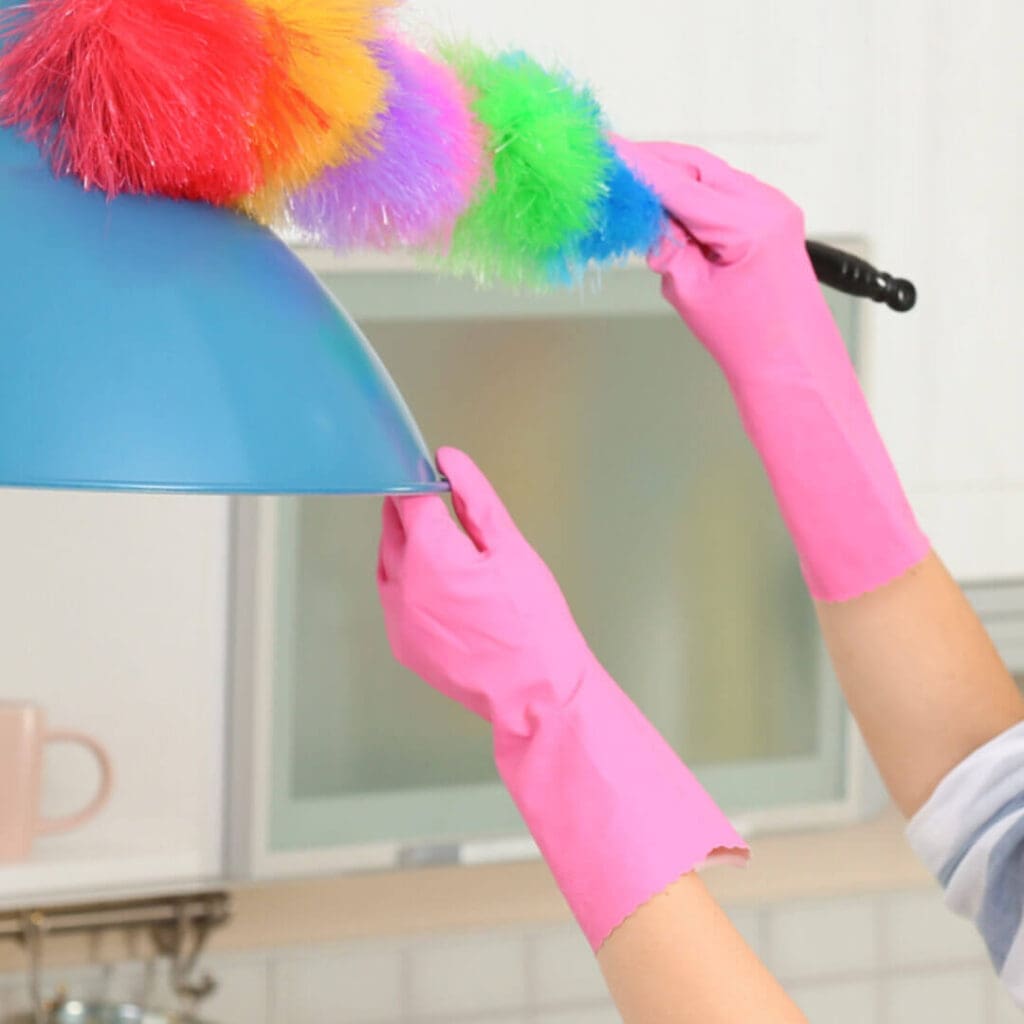
We then recommend that if any spots are challenging to remove, use a soft-bristled brush, such as an old toothbrush, or another soft brush to scrub the area until it is cleaned. Make sure the brush is soft so it will not damage your lamp.
Use A Cleaner
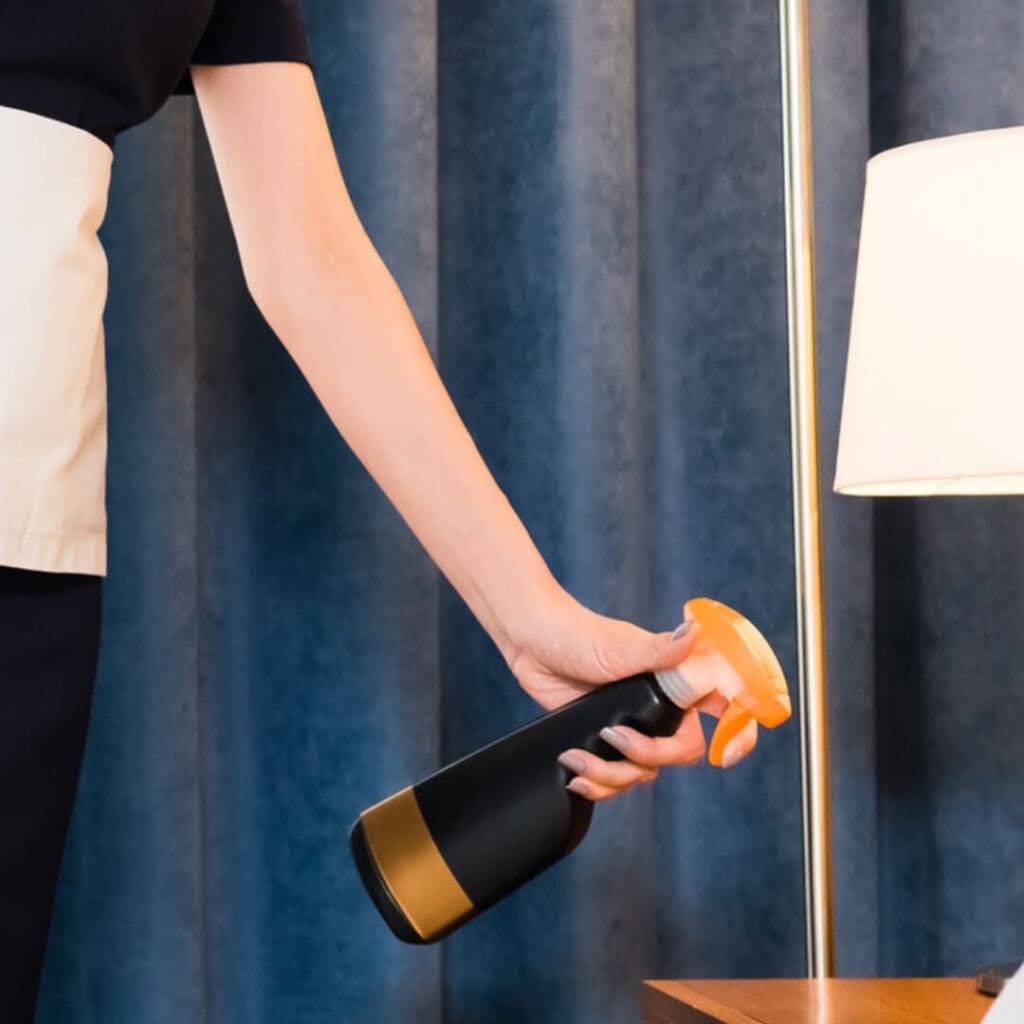
Once all the dirt and dust have been removed, use a glass cleaner or vinegar and water solution on the lamp’s surface. Ensure you use a soft cloth to avoid scratching or damaging the ceramic material.
If you do not have a glass cleaner, you can also use mild soap as dishwasher soap and a damp cloth.
Wipe With A Damp Cloth
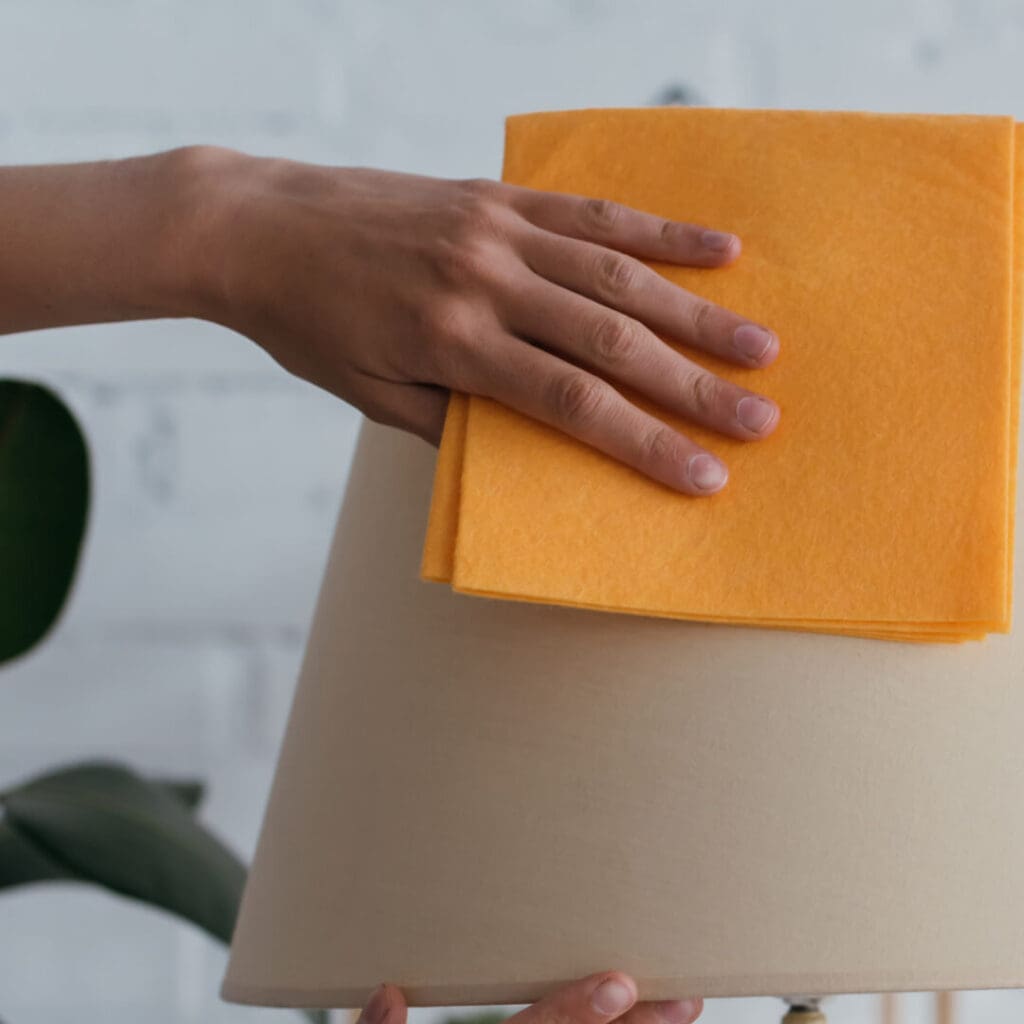
Wipe down any remaining areas with a damp cloth and let your ceramic lamp dry completely before plugging it back into its original outlet; it is essential that you need to make sure that the lamp is completely dry before you plug it in.
When cleaning your ceramic lamps, be aware that some materials may become damaged if harsh cleaners or abrasive tools are used. So you must be sure to clean your lamp very carefully.
Also, take extra care when cleaning near delicate features or patterns, as they can be easily damaged.
Use a damp cloth to avoid getting the electrical components inside the lamp wet. Following these steps will help ensure that your ceramic lamps remain in pristine condition for years to come and will be able to clean.
How Often Should You Clean Your Ceramic Lamp?
Ceramic lamps are a great way to add a touch of elegance and warmth to any room in your home. They are often used as decorative pieces and can also provide functional lighting. However, like other household items, they require regular cleaning to maintain beauty and functionality.
The frequency at which you should clean your ceramic lamp depends on various factors, such as how often you use it, where it is located, and how much dust accumulates in the area. If your lamp is used daily or placed in a high-traffic area, it may need to be cleaned more often.
On the other hand, if it is used less frequently or placed in a less dusty location, you may be able to clean it less often. It is a good idea to try to dust off your ceramic lamp at least once every two weeks. You can give it a deep cleaning with a cleaner when needed.
Frequently dusting off your ceramic lamp helps prevent dust and dirt from building up and ensures that your lamp remains in good condition. If you notice any signs of wear or damage, such as cracks or chips in the ceramic, you should clean it more often and consider repairing it.
With regular cleaning and proper maintenance, your ceramic lamp will continue to shine bright and add style to your home for many years.
If you want to see how Mondoro can help you with your Ul Certified lamp needs, we would love to talk to you about how we can help you.
Find out more about how Mondoro can help you create, develop, and manufacture excellent home decor and furniture products – don’t hesitate to contact me, Anita. Check out my email by clicking here or become a part of our community and join our newsletter by clicking here.
Mondoro gives out a FREE Lookbook to anyone interested. You can receive a copy of our latest Lookbook by clicking here.
Listen to our Podcast called Global Trade Gal. You can find it on all major podcast platforms. Try out listening to one of our podcasts by clicking here.
Subscribe to our Mondoro Company Limited YouTube Channel with great videos and information by clicking here.
Related Content
What is the Standard Light Bulb Base? Different E -Socket Types
It can get confusing when considering different light bulb socket bases. Many people get confused about the other numbers used for each light bulb base and their meanings.
You can learn more by reading What is the Standard Light Bulb Base? Different E -Socket Typesourcing is Explained by clicking here.
Selling Lamps Online, Understanding Listings and Liability
It can get confusing when considering different light bulb socket bases. Many people get confused about the other numbers used for each light bulb base and their meanings.
You can learn more by reading Selling Lamps Online and Understanding Listings and Liability by clicking here.
What Is The Standard Light Bulb Base?
The standard light bulb base is E-26. The E-26 light bulb base must use an E-26 socket; you will find an E-26 socket on many tables and floor lamps sold in the United States. The E-26 socket is also known as the standard socket. Besides the E-26 lamp holder socket, the other significant U.S. lamp holder socket types are E-12, E-19, and E-39.
You can learn more by reading What is the Standard Light Bulb Base? Different E -Socket Types by clicking here.

